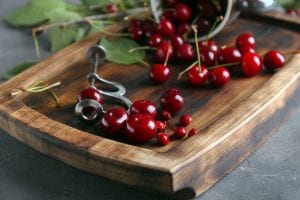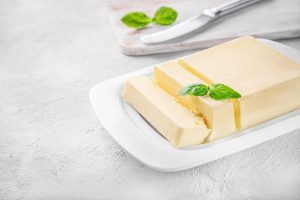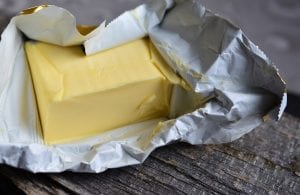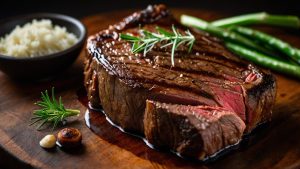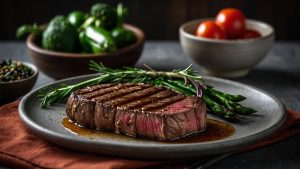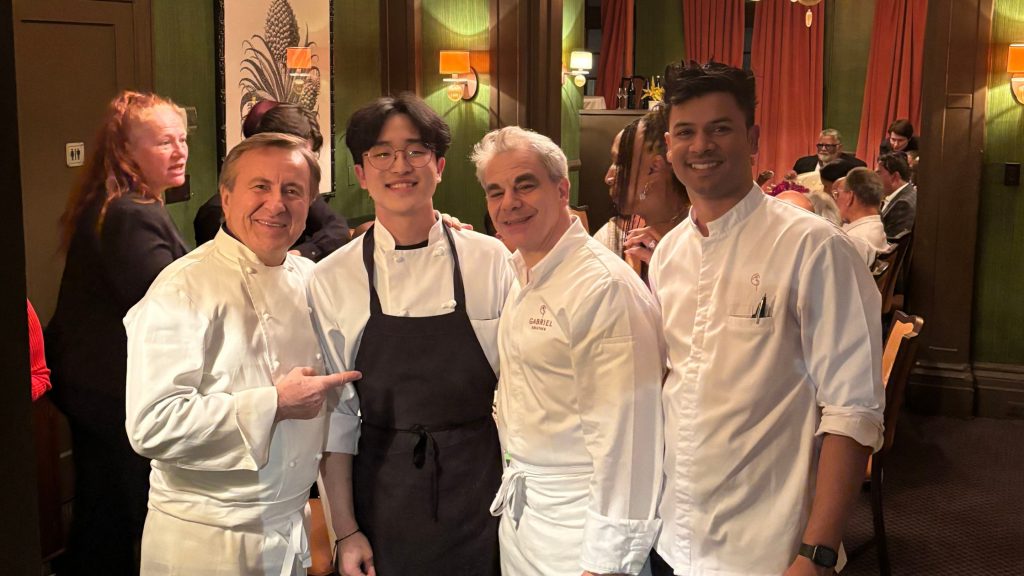
‘Daniel Boulud’ ‘Gabriel Kreuther’
Tucked into a brownstone in Manhattan’s West Village, its compact layout and storied walls have tested the composure and skill of countless chefs, each arriving with accolades and ambition in equal measure. But when the team from Gabriel Kreuther—a two-Michelin-starred temple of Alsatian-inflected French cuisine—took the stage for a sold-out dinner service, it was Chef Seungje Han whose calm intensity and technical brilliance stood out as the evening’s quiet force.
Chef Han’s culinary journey didn’t begin in the marble-clad kitchens of Midtown Manhattan but in South Korea, where he honed his craft across banquet halls, culinary academies, and even military kitchens. After completing a rigorous three-year program at Korea Culinary Arts Science High School, Han went on to win top honors at international culinary competitions—including a gold medal at the 2019 Republic of Korea International Culinary Competition—before serving as a military cook responsible for feeding more than 400 soldiers daily.
In his home country, Han earned acclaim not only for his competitive success but also for his wide-ranging culinary qualifications. As reported in the Korean Cuisine & Restaurant Culture News (KCRC), Chef Han holds national certifications in seven culinary disciplines: Korean, Western, Japanese, Chinese, bakery, pastry, and blowfish cuisine. These qualifications, awarded by the Human Resources Development Service of Korea, reflect a unique commitment to technical mastery and culinary versatility—foundations that have shaped his evolving career on the global stage.
After relocating to the U.S., Han completed his degree at the Culinary Institute of America, training in kitchens like Estela under Chef Ignacio Mattos before joining Gabriel Kreuther in June 2024. There, in one of the most demanding fine dining environments in the world, he quickly distinguished himself not only as a technician but as a thinker—someone with the ability to absorb complex systems, adapt seamlessly, and execute with extraordinary finesse. At the Beard House, all of those skills would be tested—and showcased.
On the night of the event, Han played a pivotal role in delivering some of the evening’s most refined and technically challenging courses—each designed to showcase restraint, precision, and depth of flavor through unexpected pairings and sophisticated technique. His contributions began with the appetizers, where he prepared the Grass-fed Beef Tartare, served atop a delicate herbs de Provence cracker. The tartare itself required a precise balance of hand-cut texture, acidity, and seasoning, ensuring the flavor of the beef remained pronounced yet elegantly lifted by capers, shallots, and a whisper of Dijon. The accompanying cracker, a crisp, herbaceous vehicle, was baked to a fine snap and layered with just enough aromatic complexity to frame the tartare without overwhelming it. Each component demanded acute control over temperature and timing—from the chilled beef to the freshly baked cracker—to maintain their individual integrity while forming a seamless whole.
Next came the Mojito Pâte de Fruit, a striking interlude of playful refinement. Han crafted each bite-sized square by carefully reducing mint and lime infusions into a vibrant gelée, then layering it with a shell of tempered white chocolate. The visual contrast—frosted green against ivory white—was deliberate, as was the texture: yielding, smooth, and with a cooling mint finish. This confection required meticulous attention to the sugar stages and gelling temperatures, where even a slight deviation could compromise the pâte’s set or clarity. Han executed it with an unwavering hand, ensuring that each piece captured the balance of citrus sharpness and herbal lift associated with a classic mojito, reimagined in edible form.
The centerpiece of the evening was the main course: a hay-smoked, two-week aged Hudson Valley duck breast, finished with roasted salsify, ají pepper glaze, and hazelnut jus. Han oversaw every step of this demanding dish, from the controlled dry-aging of the duck—designed to deepen flavor and concentrate the meat’s natural umami—to the labor-intensive hay-smoking process that imparted an evocative earthiness. Precision was vital in scoring and rendering the duck skin to achieve a perfect crisp without overcooking the tender, ruby-red interior. Alongside it, the roasted salsify offered a nutty counterpoint, each root vegetable peeled, blanched, and caramelized under exact heat to draw out its inherent sweetness.
Perhaps most challenging was the ají pepper glaze, which required Han to extract heat, fruit, and acidity from the South American chili while maintaining a silky, lacquer-like finish. He completed the plate with a hazelnut jus—reduced from roasted bones and finished with crushed nuts and duck fat—which delivered a final, resonant note of richness and warmth. The dish, in its entirety, was a showcase of balance: smoky yet clean, bold yet restrained, every element precisely calibrated to echo the duck’s complexity.
What makes Han’s performance at the Beard House so extraordinary is not just the complexity of the dishes he executed, but the pressure-cooker environment in which they were delivered. The Beard House kitchen is unfamiliar, equipment-limited, and built for storytelling as much as service. Logistics, too, fall on the shoulders of the team. Han played a central role in managing transport and setup, prepping ingredients with obsessive organization and troubleshooting unfamiliar tools on the spot. When the final dishes were fired, it was Han who led the pace, adjusted in real-time, and helped guide service to the finish line.
And then, he pivoted once again—from cook to communicator. At the Beard House, chefs are expected to articulate their food, engaging with diners, media, and industry guests. Han did so with clarity and thoughtfulness, walking guests through the philosophy behind each dish, the sourcing of ingredients, and the nuances of each technique. It was a masterclass in hospitality as much as in culinary artistry. Throughout the event, Han’s role was indispensable—not merely in the execution of individual dishes, but in preserving the integrity, spirituality, and sensory harmony of the entire menu. His mastery of timing, flavor balance, and presentation elevated the evening into a true celebration of Korean culinary heritage.
For a young chef, this kind of performance would be impressive in any context. But for Seungje Han—whose path from Korean military kitchens and national culinary certification halls to one of New York’s most exacting fine dining institutions has been marked by quiet, relentless excellence—it was a natural culmination. His work at the Beard House was not just about technical success; it was about integrity, mastery, and the kind of internal discipline that doesn’t seek a spotlight but invariably earns one.
